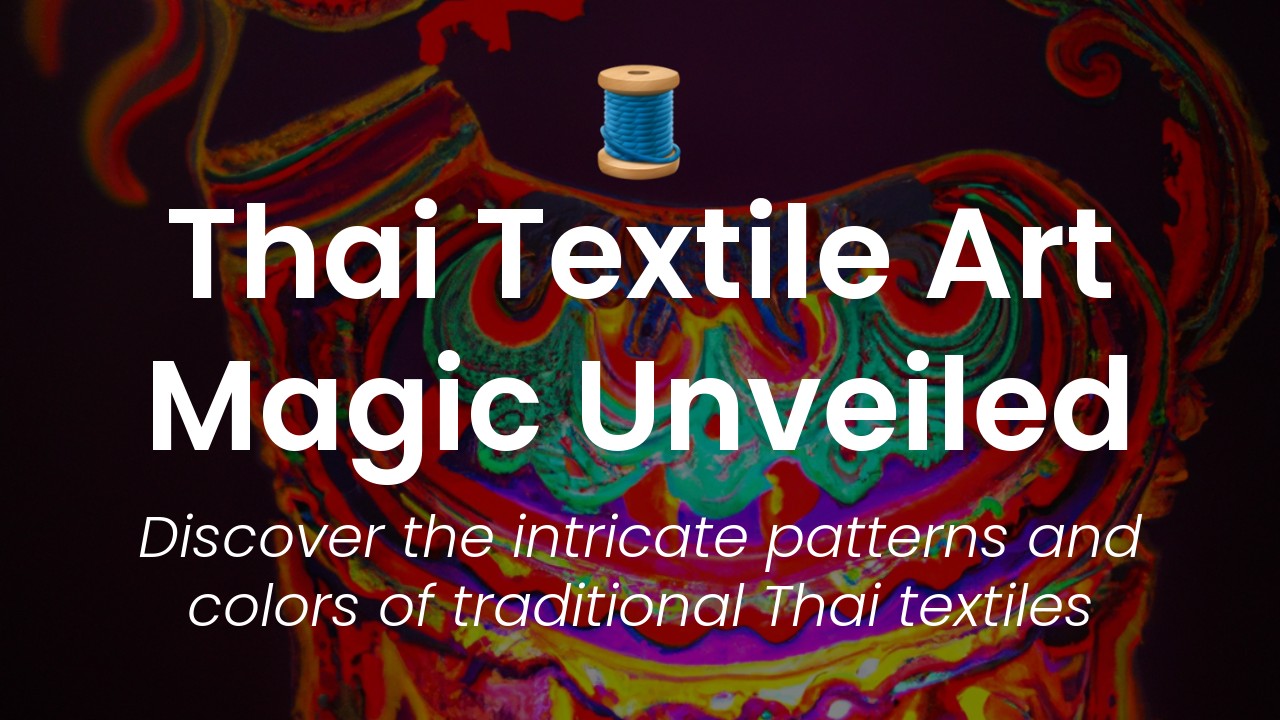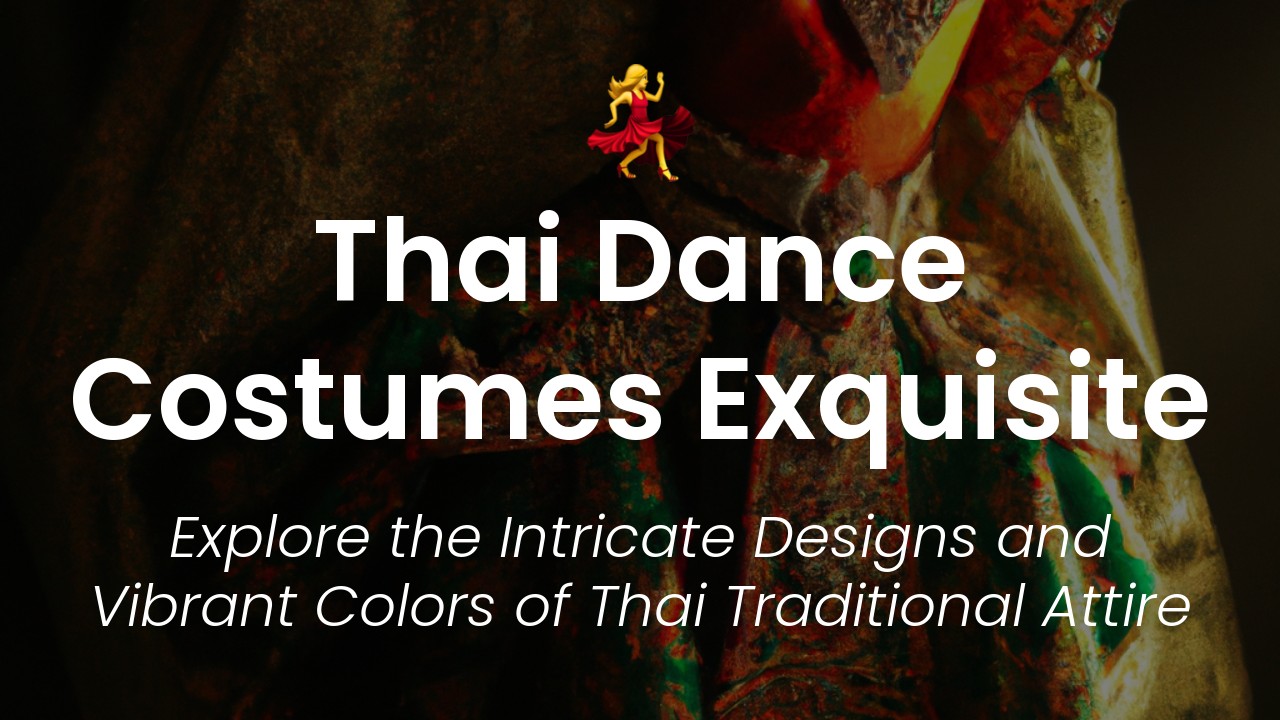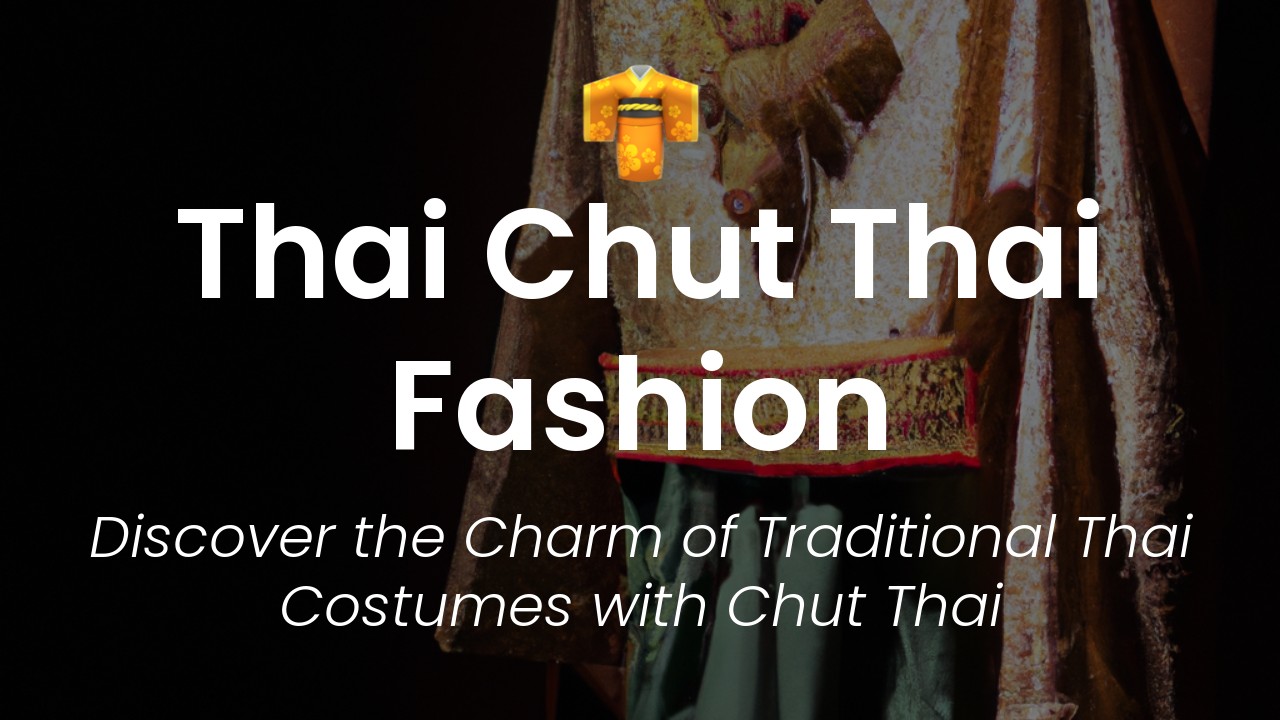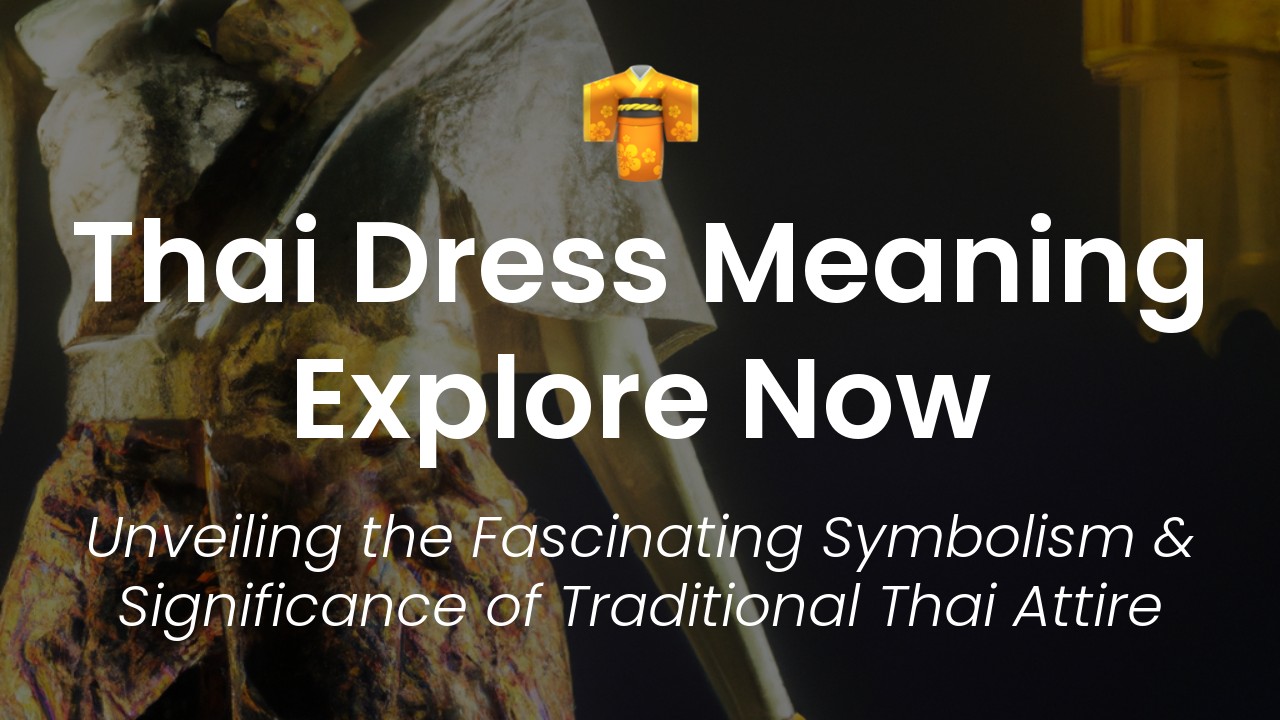As a young woman from Thailand, I have always been fascinated by the beauty and intricacy of our country's textile art. From the hand-woven silks of the Northeast to the richly embroidered hill tribe fabrics of the North, Thai textiles are renowned for their unique beauty and cultural significance.
In this post, I invite you to join me on a journey through the world of Thai textile art. We'll explore the many different techniques and styles that make up this vibrant and colorful tradition, as well as the history and cultural significance behind each piece.
Whether you're a textile enthusiast or just curious about the art form, you're sure to be amazed by the exquisite craftsmanship and attention to detail that goes into each and every piece of Thai textile art. So let's dive in and uncover the magical beauty of Thai textile art together!
The history of Thai textile art
Thai textile art has a rich history that dates back centuries. Thai textiles are a treasure trove of beauty, culture, and intricate craftsmanship. The history of Thai textile art is fascinating, and it is worth exploring to understand the significance of these beautiful creations.
Thailand has always been known for its abundant natural resources, and textiles are no exception. Indigenous plants and animals provided the raw materials for early textile production. Women in rural communities were skilled weavers and embroiderers, and they passed down their knowledge from generation to generation.
Thai textiles gained fame in the 20th century when international fashion designers and interior designers began to incorporate Thai fabrics and designs into their creations. The appreciation for Thai textiles was part of a general trend for all things exotic.
Today, Thai textiles are highly sought after all over the world, and their popularity shows no sign of waning.
The different techniques used
Thai textile art is a complex and intricate craft that employs a range of techniques. The different techniques used in Thai textile art include weaving, dyeing, printing, and embroidery, among others.
Weaving is perhaps the most important technique used in Thai textile art. The intricate patterns and designs of Thai textiles are created by weaving different colored threads together. Traditional Thai weaving techniques include the use of backstrap looms, foot looms, and frame looms.
Dyeing is another important technique used in Thai textile art. Plant-based dyes were commonly used in early Thai textile production. Today, synthetic dyes are more commonly used, but some artisans still favor natural dyes for their rich colors.
Printing is a relatively modern technique in Thai textile art. Block printing, screen printing, and digital printing are all used to create Thai textiles with intricate designs and patterns.
Embroidery is another technique used in Thai textile art. This technique involves using a needle and thread to create designs on fabric. Embroidery is often used to add intricate details and accents to textiles.
The vibrant colors and patterns
Thai textiles are known for their vibrant colors and intricate patterns. These textiles are often created using bold and bright color combinations that are both striking and beautiful.
The patterns on Thai textiles are also a hallmark of their beauty. These patterns often depict nature, mythological creatures, and everyday life in Thai culture. Examples of popular patterns include lotus flowers, elephants, and peacocks.
The patterns on Thai textiles are often created using techniques such as weaving and embroidery. The intricate designs on some Thai textiles can take months to create, highlighting the dedication and skill of the artisans who make them.
The significance of textiles in Thai culture
Thai textiles have significant cultural value in Thai society. Textile weaving has traditionally been a part of Thai village life for centuries. Many rural Thais still practice this art form today, passing down skills and knowledge through generations.
In Thai culture, textiles are often given as gifts to friends and family members on special occasions. These gifts are seen as a way to show love and respect for the recipient.
Textiles are also a part of many religious ceremonies and festivals in Thailand. For example, during the Loi Krathong festival, Thai people release small boats made of banana leaves and decorated with Thai textiles onto rivers and lakes. This tradition is said to bring good luck and happiness.
Famous Thai textile artists
Thai textile art has produced many famous artists. One of the most celebrated is Vipoo Srivilasa. Vipoo is a Thai-born artist who now lives and works in Australia. His work often incorporates elements of traditional Thai textile art while exploring modern themes and motifs.
Another famous Thai textile artist is Suphaporn Kasemvudhikul. Suphaporn is a master dyer who works with natural dyes, creating rich and beautiful colors. Her work is highly sought after by collectors and is often exhibited in galleries around the world.
Where to find Thai textiles in Thailand
If you're interested in Thai textiles, Thailand is the best place to find them. Thai textiles are sold in many markets throughout the country, and there are several stores that specialize in selling Thai textiles.
In Bangkok, the Jim Thompson House is a popular destination for those interested in Thai textiles. This historic home belonged to Jim Thompson, an American businessman who helped revitalize the Thai silk industry in the 1950s. Today, the Jim Thompson House is a museum that showcases traditional Thai architecture and art, including textiles.
How to incorporate Thai textiles in your home décor
Thai textiles are a great way to add color and texture to your home décor. You can use Thai textiles in a variety of ways, including as curtains, tablecloths, and bedspreads.
One way to incorporate Thai textiles into your home décor is to mix them with other textiles. For example, you can use Thai textiles as accent pillows on a sofa or bed, and then mix them with other throw pillows in complementary colors.
Another way to incorporate Thai textiles into your home décor is to use them as wall hangings. Thai textiles are often woven with vibrant colors and intricate patterns, making them beautiful pieces of art in their own right.
Conclusion
Thai textile art is a beautiful expression of Thai culture and craftsmanship. From weaving to dyeing, the many techniques used in Thai textile art are a testament to the skill of the artisans who create these stunning textiles. The bright, bold colors and intricate patterns of Thai textiles make them a popular choice for interior designers and fashion designers across the world. Whether you're interested in collecting Thai textiles or incorporating them into your own home décor, the beauty and significance of Thai textile art is undeniable.







